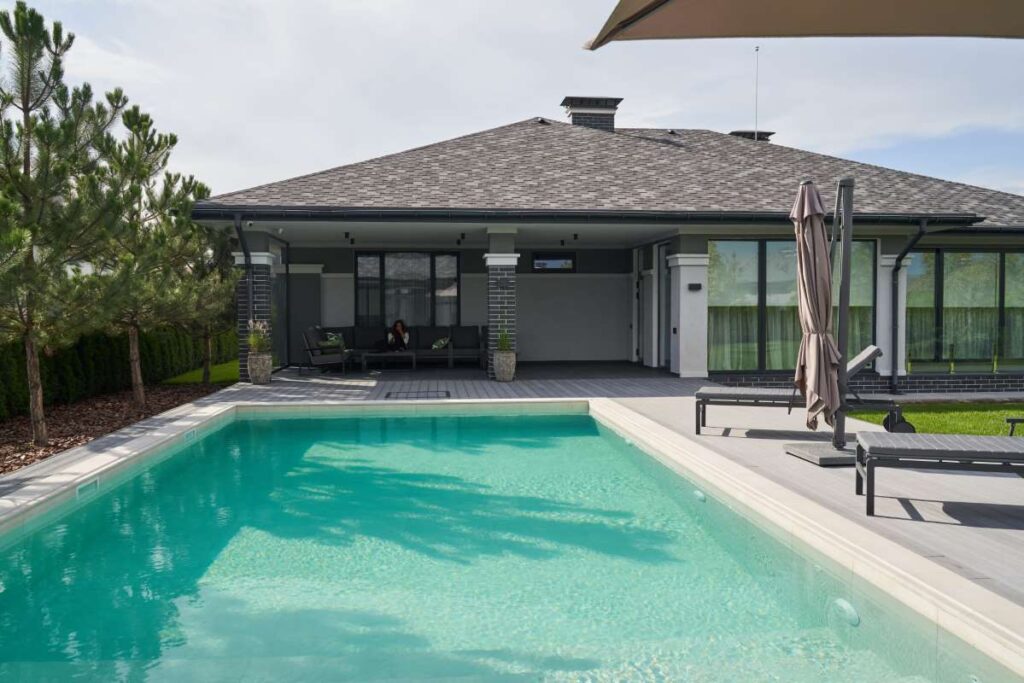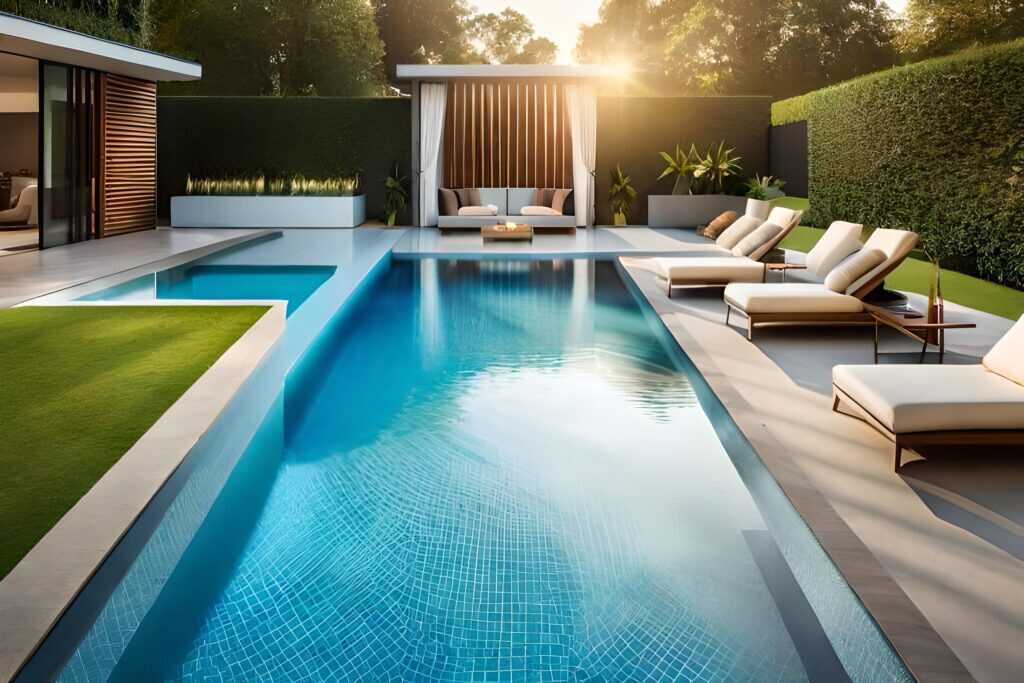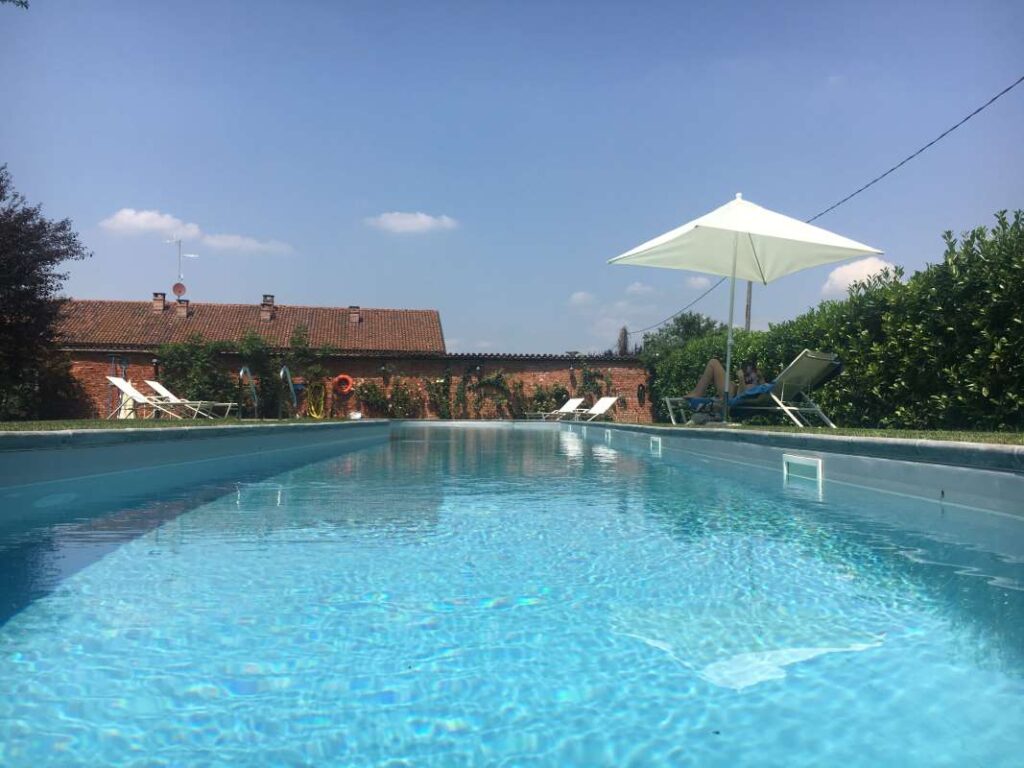Designing Pools That Require Minimal Water Refills
Discover innovative design strategies for pools that minimize water refills, enhancing sustainability and convenience for homeowners.
This comprehensive guide explores effective strategies for designing swimming pools that require minimal water refills. As water conservation becomes increasingly vital in today’s world, homeowners and pool designers alike are seeking innovative solutions to enhance sustainability without sacrificing enjoyment. From understanding evaporation rates to choosing the right materials, this article will cover essential aspects of pool design that contribute to reduced water consumption. We’ll also include practical tips and practices that homeowners can implement to maintain their pools more efficiently. Dive in to learn how to create an eco-friendly and low-maintenance pool experience!
The Importance of Water Conservation in Pool Design
Water conservation is not just a trendy topic; it’s a necessity in many regions affected by drought and water restrictions. Traditional pool designs can waste significant amounts of water through evaporation, spills, and inefficient filtration systems. By focusing on minimizing water refills, pool owners can save money and help preserve this precious resource. – Evaporation Rates: Understanding how water evaporates from pools is crucial. On a hot, sunny day, a pool can lose up to a quarter of an inch of water daily. This equates to gallons lost, depending on the pool’s size.- Financial Benefits: Less frequent water refills mean lower water bills. Over time, these savings can offset initial investments in more efficient pool designs.- Environmental Impact: Conserving water contributes to reducing the overall ecological footprint, making it an essential consideration for environmentally-conscious homeowners.By recognizing the importance of water conservation, pool designers and owners can work together to create sustainable swimming environments.
Choosing the Right Pool Shape and Size
The shape and size of a pool significantly influence its water retention and evaporation rates. Here are some vital considerations when designing a pool:- Compact Designs: Opt for geometric shapes that use less water, like rectangular or oval pools. These designs maximize swimming space while minimizing surface area, which reduces evaporation.- Depth Matters: Designing deeper pools can help minimize evaporation, as the larger volume of water is less exposed to the air. However, it’s essential to balance depth with safety and usability.- Natural Features: Incorporating natural elements such as rocks, plants, and waterfalls can create a more appealing aesthetic while helping to reduce evaporation through shade.For homeowners considering
pool routes for sale, understanding how pool shape and size impact maintenance can guide their purchasing decisions.
Utilizing Energy-Efficient Technology
Modern technology plays a crucial role in minimizing water refills. Here are some options to consider:- Variable-Speed Pumps: These pumps can significantly reduce water loss by optimizing water circulation and filtration, leading to more efficient water usage.- Automated Water Level Control: Installing sensors that automatically adjust the water level can prevent overfilling and minimize waste.- Energy-Efficient Heaters: Using gas or electric heaters that are energy-efficient will not only save money but also reduce the environmental impact of heating the pool.Investing in technology can enhance the enjoyment of owning a pool while contributing to long-term water savings.
Landscaping Strategies to Reduce Evaporation
The surrounding landscape can greatly affect a pool’s water retention. Here are some landscaping techniques to consider:- Shade Trees and Structures: Planting trees or building pergolas can provide shade over the pool, significantly reducing evaporation rates. This approach not only conserves water but also keeps the water cooler, enhancing comfort during hot weather.- Windbreaks: Strategically placing shrubs or fences can block wind, which is a significant contributor to evaporation. By reducing air movement over the pool surface, water loss can be minimized.- Drought-Resistant Plants: Incorporating native, drought-resistant plants in the pool’s landscape design ensures that the surrounding environment remains lush without excessive water demands, promoting an overall sustainable design.This holistic approach to landscaping not only conserves water but also enhances the overall aesthetic appeal of the pool area.
Effective Water Maintenance Practices
Beyond design, maintaining water levels effectively is crucial for minimizing refills. Here are some best practices:- Regular Water Testing: Monitoring pH and chemical levels ensures that the pool remains balanced, preventing algae growth and associated water loss due to excessive cleaning.- Covering the Pool: Using a pool cover when the pool is not in use can significantly reduce evaporation. It can also keep debris out, reducing the need for frequent cleaning.- Routine Maintenance: Keeping up with regular maintenance tasks, such as cleaning filters and checking for leaks, can help prevent water loss and ensure the pool operates efficiently.Educating pool owners about these practices can promote a culture of sustainability and responsibility.
Innovative Pool Technologies to Explore
In the quest for water-efficient pool designs, several innovative technologies are making waves in the industry:- Smart Pool Technology: New advancements allow homeowners to remotely monitor and control pool systems through smartphone apps, optimizing water usage based on real-time conditions.- Saltwater Systems: These systems can reduce the need for chemical additives, leading to less frequent water changes, further promoting conservation.- Rainwater Harvesting: Implementing systems to collect rainwater can supplement pool water, allowing for natural refills without relying on municipal sources.By embracing these innovations, pool owners can take a proactive approach to water conservation.
Conclusion
Designing pools that require minimal water refills is a multifaceted endeavor that involves thoughtful planning, innovative technology, and effective maintenance strategies. By understanding the importance of water conservation and implementing sustainable practices, homeowners can create beautiful, enjoyable pools without compromising environmental integrity. As the demand for eco-friendly solutions continues to grow, it is essential to prioritize water-efficient designs that benefit both the user and the planet. For those considering entering the pool maintenance industry, explore
pool routes for sale in your region to find opportunities that align with sustainable practices. The future of pool design and maintenance is not just about luxury; it’s about responsible stewardship of our water resources. Join the movement towards a more sustainable pool experience today!



